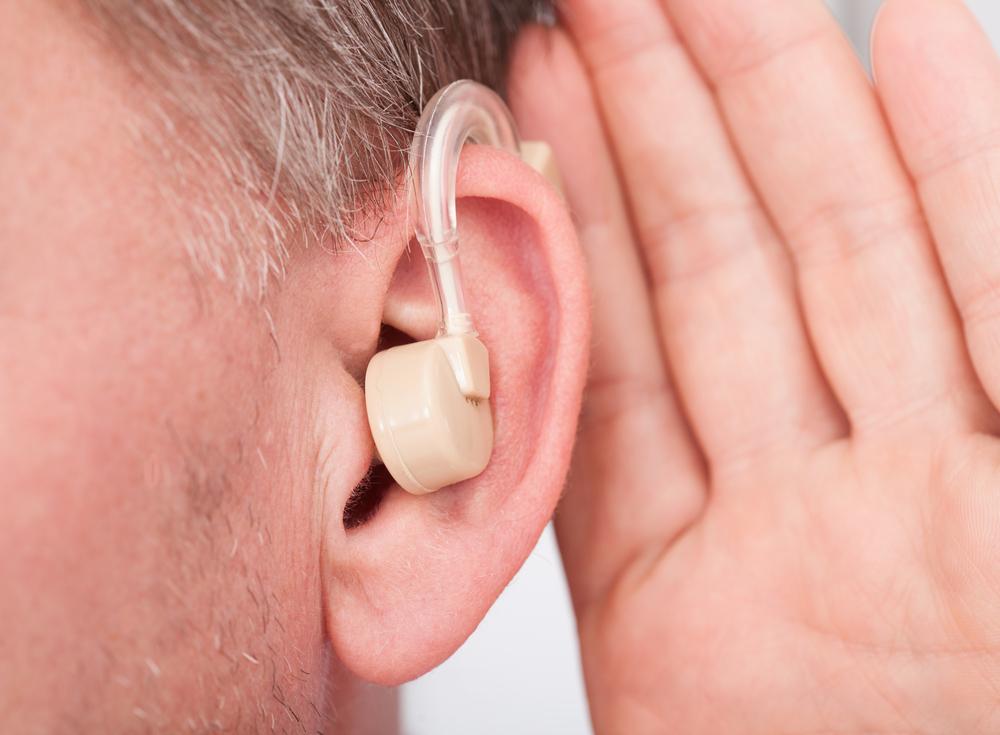What To Look Out For While Buying Hearing Aids
Hearing aids serve a simple purpose, but with so many options available now, you probably might be a bit confused as to what brand or middle to go for. Here is what you should look for while buying hearing aids for the first time.
Types of hearing aids: Hearing aids come in four distinct types mainly behind the ear (BTE), on the ear (OTE), in the ear (ITE), and in the canal (ITC) hearing aids.

Technological advances: –
Hearing aids were simple trumpet devices back in the day, then came analog versions of the hearing aid which amplified sound to be more audible. With innovation combined with technology, hearing aids now feature noise reduction technology which includes a directional microphone, multiple channels to process sound and wind noise manager. All of these combined increase the quality of hearing to make it sound more natural to give the best possible listening experience.
Hearing aids today are designed to reduce feedback, which is calibrated accurately to ensure proper working of the mechanism. Feedback can be any echo which is heard when something is blocking the sound from escaping out of the ear canal. For example, even the sound of chewing by a person can be heard if the ears are blocked, which is essentially feedback.
Digital hearing aids have microchips and processors that analyze sounds and distinguish them with clarity, with features like speech recognition technology which isolates other background noise and amplifies the speech to be heard clearly. Digital hearing aids also feature wide dynamic range compression which helps increase softer sounds more than louder sounds for better reception.
Hearing aids are also classified according to whether they can be programmed, button operated, remote control operated, computer chip operated, and more. A thorough hearing aids comparison is necessary before venturing out to buy one.




